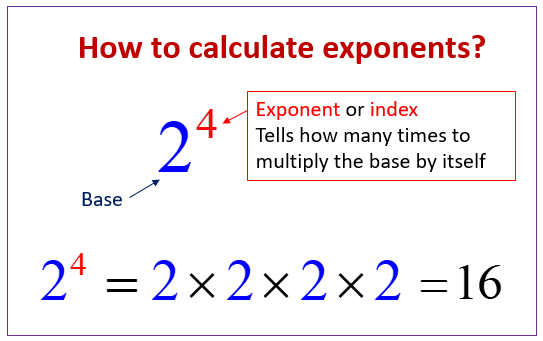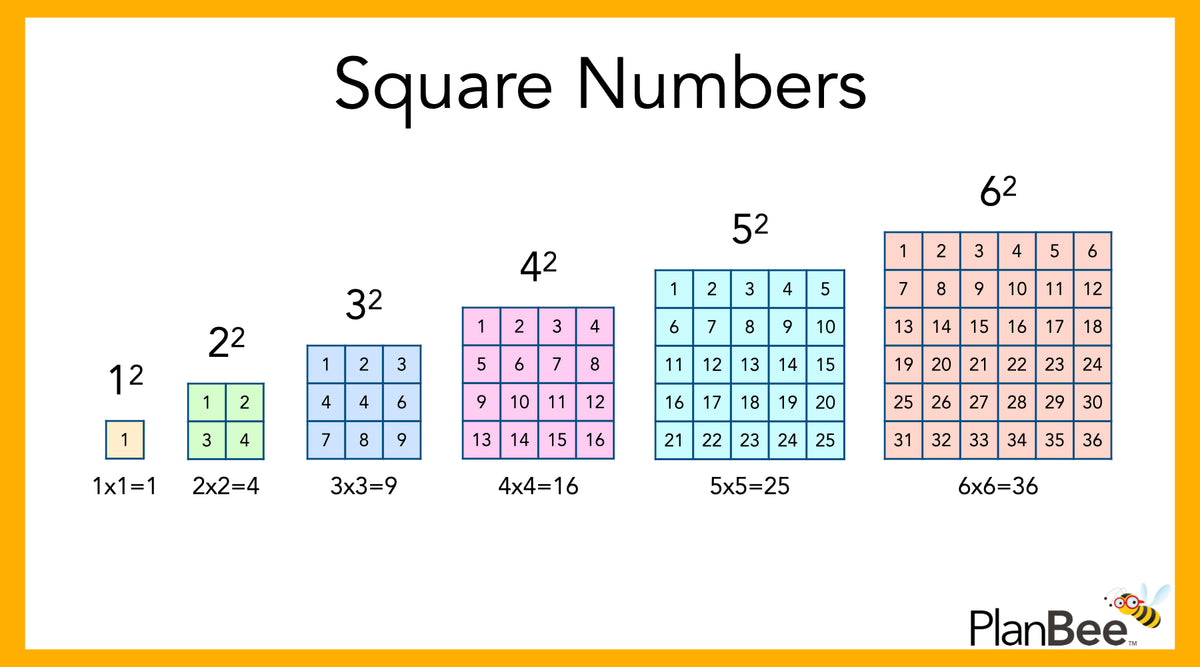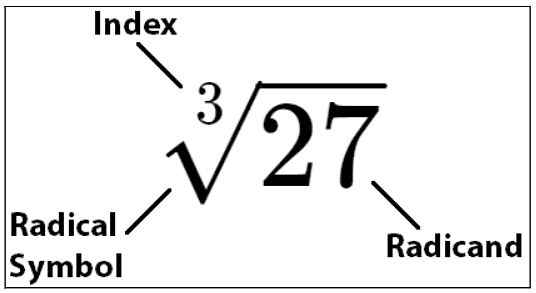

It is important that you have a strong understanding of exponents as you enter a college math course. See the videos on the last slide to learn how to work with exponents.
An exponent (also called the "index") represents the number of times a certain number (called the "base") is multiplied by itself. See the image below. You will also see exponents referred to as some number raised to the power of another number. For example, "2 to the power of 4."

The most common exponent you will encounter is an exponent of 2. When this happens, we say that the base is squared. See the image below.
Another common exponent is the number 3. When the index is equal to 3, we say that the base is cubed.

Here are some helpful videos that explain the properties of exponents and work through examples!
Radicals are inverses of exponents. In preparing for college math, it is important to have a strong understand of radicals. See the videos provided on the last slide to learn how to work with radicals.
A radical is made up of an index, a radicand, and a radical symbol. The index tells you how many times a number needs to be multiplied by itself to equal the radicand. In the image below, the answer is 3 because 3x3x3=27.

The most common radical you will encounter is a square root. A square root occurs when the index of the radical is equal to 2. This is so common that the two is left unwritten most of the time. See the image below.
Another common radical is the cube root. A cube root occurs when the index is equal to 3. The image on our first slide is an example of this.

Here are some helpful videos that explain the properties of radicals and work through examples!

